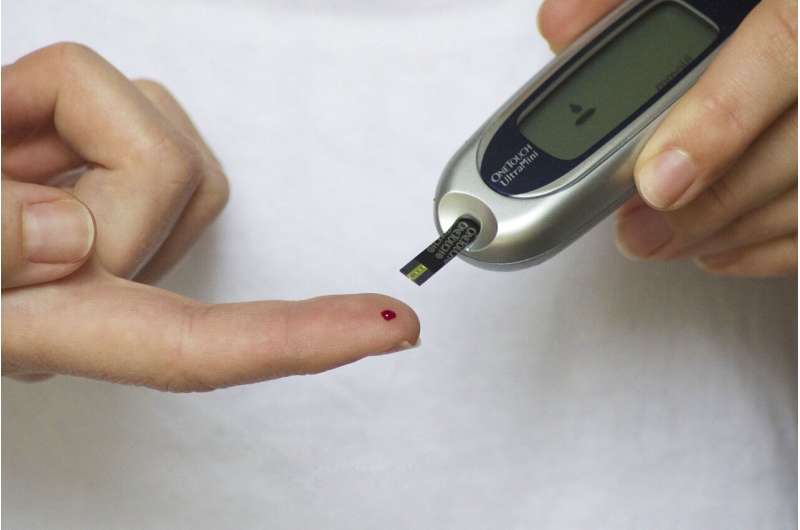Red Blood Cells Play Active Role in Blood Clot Contraction, Challenging Old Beliefs

New study uncovers the active role of red blood cells in blood clot contraction, challenging longstanding beliefs and opening new avenues for treating clotting disorders.
Recent research from the University of Pennsylvania has revealed that red blood cells are not just passive components within blood clots but actively contribute to their contraction and stabilization. Historically, the scientific consensus held that only platelets—small cell fragments—were responsible for pulling on fibrin fibers to shrink the clot. However, new experiments show that even in the absence of platelets, blood clots still contract significantly, pointing to a vital role for red blood cells.
The findings, published in Blood Advances, demonstrate that red blood cells aggregate within clots through a process driven by osmotic depletion—a mechanism where proteins outside the cells create pressure differences, forcing the red blood cells to pack tightly together. This compaction enhances the clot's strength and stability. Mechanically modeled by Purohit, the process mirrors phenomena observed in colloids, where particles gather due to changes in their environment.
The study involved creating blood clots without platelets or with blocked platelet activity to observe contraction. Surprisingly, they found that red blood cells alone could drive this process. As fibrin forms a mesh, it traps red blood cells, which then are pushed closer by osmotic pressure, causing the clot to contract further. This understanding of red blood cells’ role offers new insights into clot biology.
This discovery has important clinical implications. Better knowledge of how clots form and mature can inform treatments for bleeding disorders like thrombocytopenia and for preventing embolisms that lead to strokes. By targeting the mechanisms involved in red blood cell-driven contraction, new therapeutic strategies may be developed to address various clotting disorders.
Overall, this research broadens the understanding of blood clot mechanics and could lead to improved management and treatment options for clot-related diseases, leveraging the active participation of red blood cells in hemostasis.
Source: https://medicalxpress.com/news/2025-08-red-blood-cells-clot-shrinkage.html
Stay Updated with Mia's Feed
Get the latest health & wellness insights delivered straight to your inbox.
Related Articles
New Study Reveals Brain's Body Map Remains Unchanged After Limb Amputation
New research uncovers that the brain's map of the body remains stable long after limb amputation, challenging previous beliefs about neural reorganization and opening new avenues for treatment and prosthetic control.
Evolving Methods for Gestational Diabetes Testing in Pregnant Women
Australia introduces updated guidelines for gestational diabetes screening, focusing on targeted testing to improve outcomes and reduce unnecessary interventions in pregnant women.
AI-Driven Eye Scans Predict Risk of Cognitive Decline and Dementia
Researchers from NUS Medicine have developed an AI-based retinal imaging biomarker, RetiPhenoAge, which predicts the risk of cognitive decline and dementia. This innovative, non-invasive tool aids early detection and could transform cognitive health screening worldwide.



